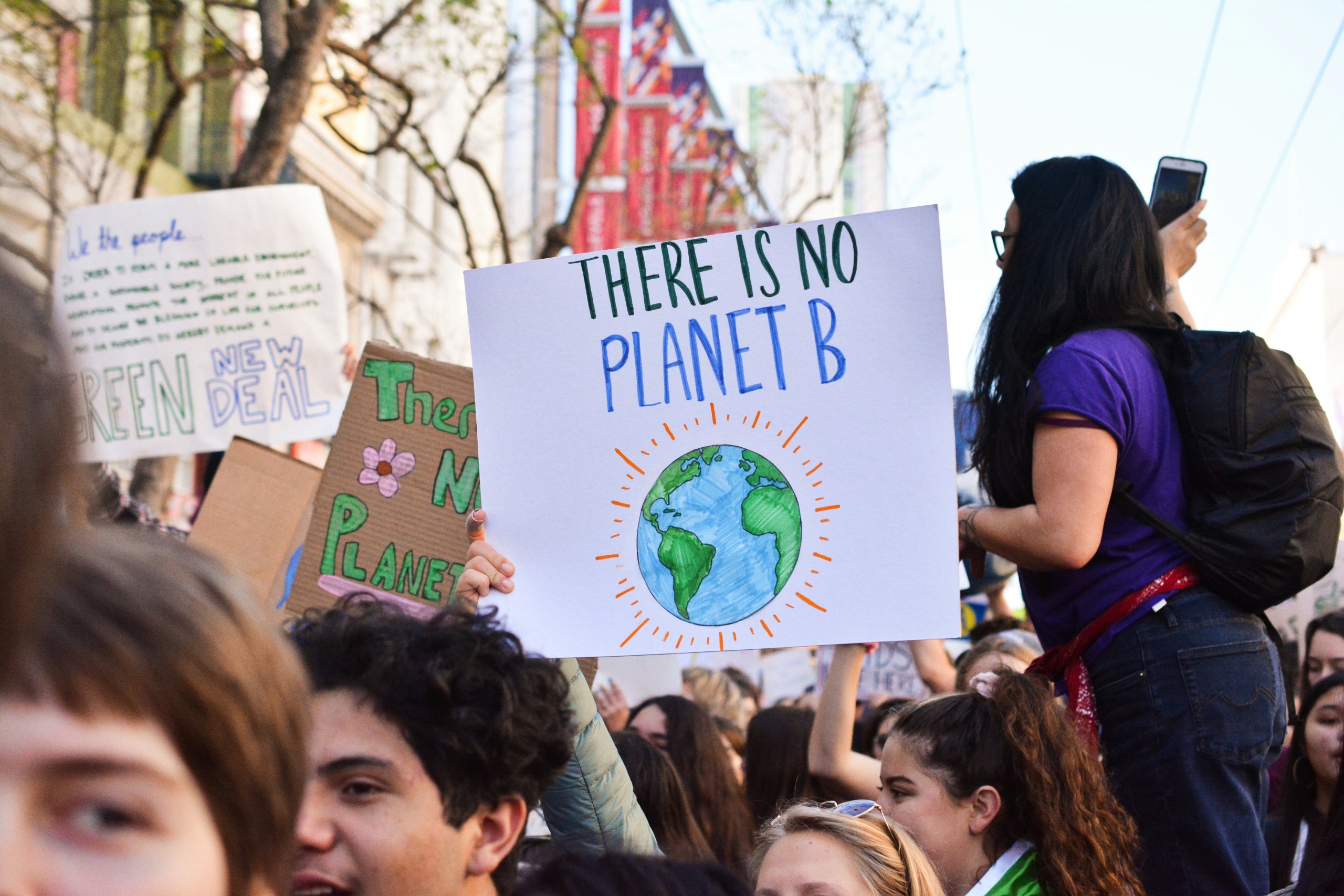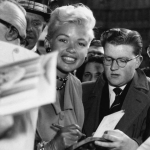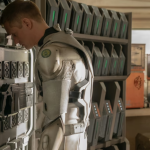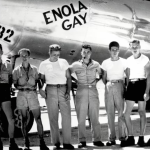Over the last thirty-two years, the most bizarre thing has happened to the Jurassic Park movies. The characters in Steven Spielberg’s original film were enthralled with dinosaurs. They either stared in awe or screamed in terror when they saw these incredible creatures, brought back to life from DNA hundreds of millions of years old. (Spielberg has a reputation for masterfully encapsulating the concept of “awe.”)
However, that feeling of discovery has been eroded by each follow-up since then. The first three Jurassic World films, in particular, which were spinoffs of the original films, even depended on a general lack of interest in the animals that people could not previously ignore.
The latest entry in the franchise, Jurassic World Rebirth, appears determined to break the strange pattern of this apathy. Here, I’ll give some credit to director Gareth Edwards, who has helmed such epic blockbusters as Godzilla (2014) and Rogue One. Rebirth has a striking sense of scale, much like the director’s previous works. The movie takes its time to show off the ancient CGI-generated beasts in their natural habitat, and the action is clear and easy to follow.
However, my compliments stop there. Otherwise, this is a slow, unimpressive experience that trades any memorable characters or story stakes for more roaring dinosaurs. Other than making money at the summer box office, it doesn’t really have a purpose.
A hazy reboot of the Jurassic World trilogy is what Rebirth is. The three movies attracted audiences and made a combined total of several billion dollars at the box office, but critics detested each one more and more. Things quickly went horribly wrong at the fading dinosaur theme park that was introduced in 2015’s Jurassic World; by the beginning of 2022’s hilarious Jurassic World Dominion, the enormous reptiles were living side by side with people. In essence, they had devolved into a common annoyance.
I’m still not sure why anyone believed that making these uncommon animals seem commonplace and unthreatening would be a novel idea, but it most definitely wasn’t.
Edwards tries to start over with his film. Because of the sophisticated DNA-cloning technology used in Jurassic Park, dinosaurs can still roam the earth today, but they cannot thrive in the majority of modern ecosystems. The animals are now mostly gathered on a single isolated island off the coast of French Guiana and have retreated to a small equatorial band that is more reminiscent of their prehistoric habitat.
There is an abandoned jungle, overgrowth on science labs, and odd noises in the distance, all of which are obvious nods to the franchise’s early aesthetic. Fans of the series will also recognize the plot, which is almost a mashup of two previous sequels, Jurassic Park III and The Lost World.
In order to extract dinosaur blood for use in pharmaceutical research, a group of highly qualified mercenaries, led by Zora Bennett (Scarlett Johansson), a covert operations expert, travel to the island. Meanwhile, a civilian named Reuben (played by Manuel Garcia-Rulfo) is traveling across the Atlantic in a boat with his children; the family is involved in the adventure after the shipwrecks.
Craving capitalists like businessman Martin Krebs (Rupert Friend, engaging in bargain-basement villainy) and seasoned soldiers like Duncan Kincaid (a wasted Mahershala Ali) complete the group of dinosaur hunters. However, only one character—the paleontologist Henry Loomis (played by Jonathan Bailey), who occasionally rambles excitedly about science—seems to genuinely care about the reptiles. The proceedings are merely a cumbersome, sweaty annoyance for everyone else.
As a result, the hot boredom that permeates the ensemble is difficult to ignore. Johansson is at least vivacious in her role as Zora, but her animated line deliveries don’t compensate for her character’s almost heartbreaking lack of awareness of the threats in her environment.
While the rest of the group is portrayed by competent actors, their dialogue is limited to rote exposition and the occasional scream as T. rexes snap in their faces and pterodactyls dive-bomb them. Additionally, despite having a lot of prehistoric monster action, the movie does not feature the traditional “hero” or “villain” creature from Jurassics. The dinosaurs are essentially wallpaper without one.
The “Distortus rex,” a mutant Tyrannosaurus Rex with a large, blobby head and six limbs, is the closest Rebirth has come to innovation. As a work of more straightforward horror, it’s a potentially entertaining new spin for the series and a stranger-than-usual result of genetic engineering gone wrong. However, the Distortus’s design is more humorous than not; it’s a ridiculous, clumsy non-threat that is largely avoided.
The first Jurassic World served as a warning about capitalism succumbing to its worst impulses, and the first Jurassic Park already offered a wealth of content about science gone awry. Rebirth only serves as a warning that visiting a dinosaur-populated island would likely be a bad idea, despite the spectacular effects on show.















